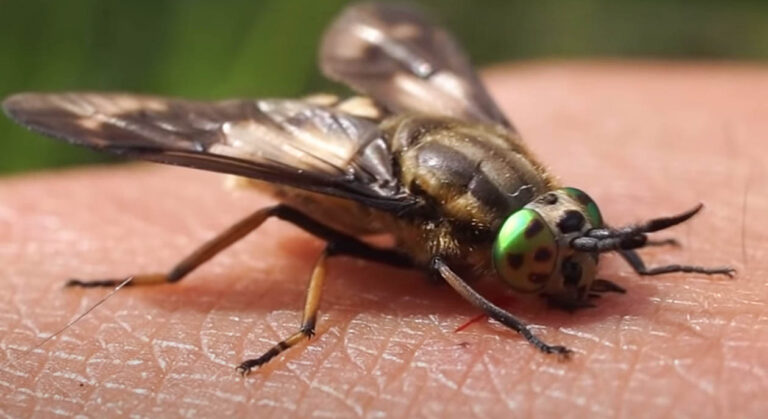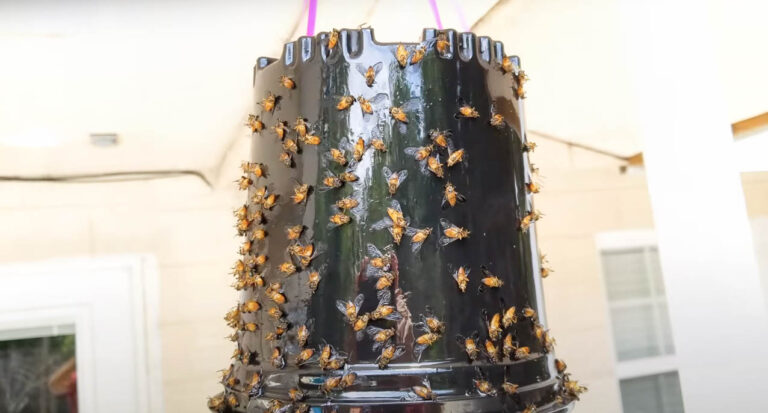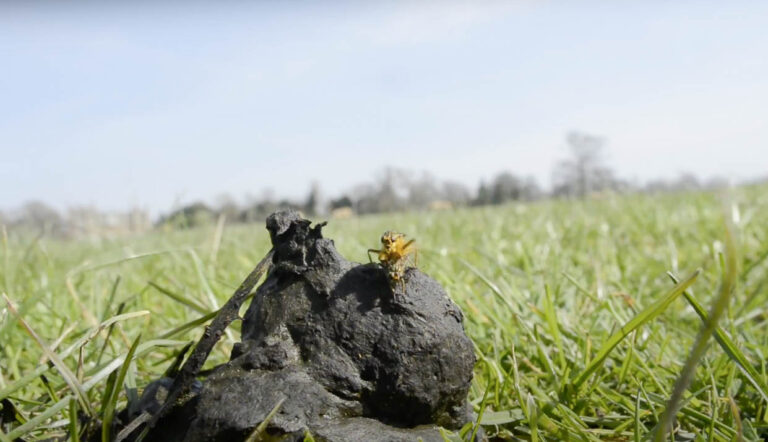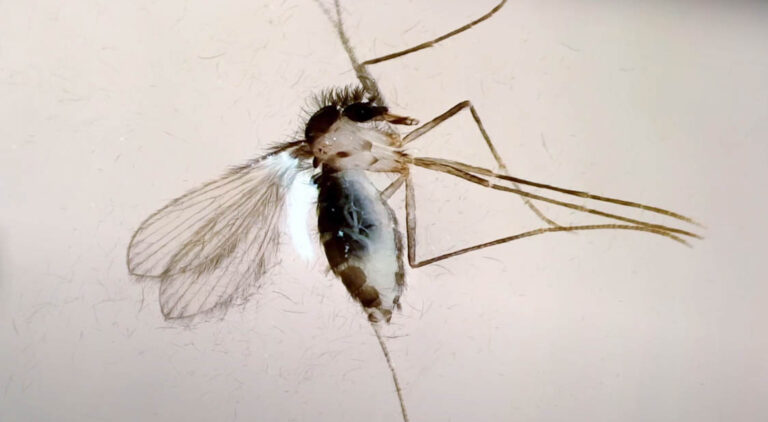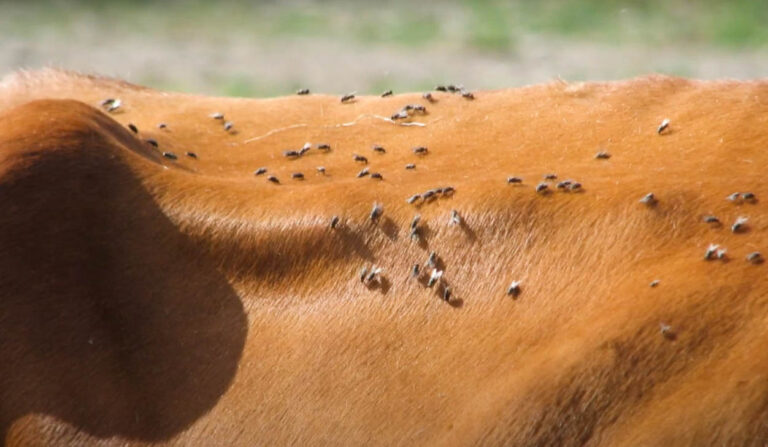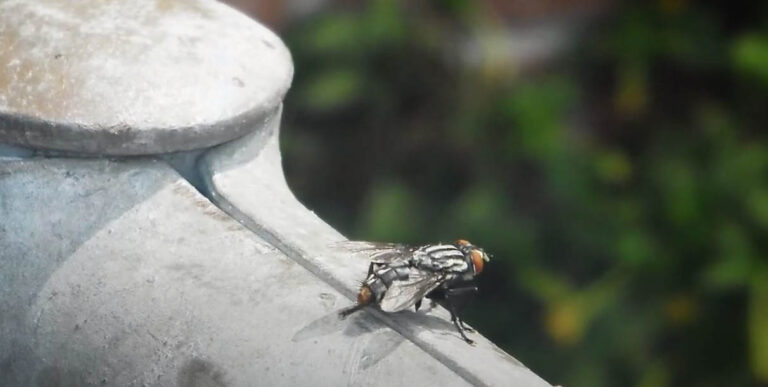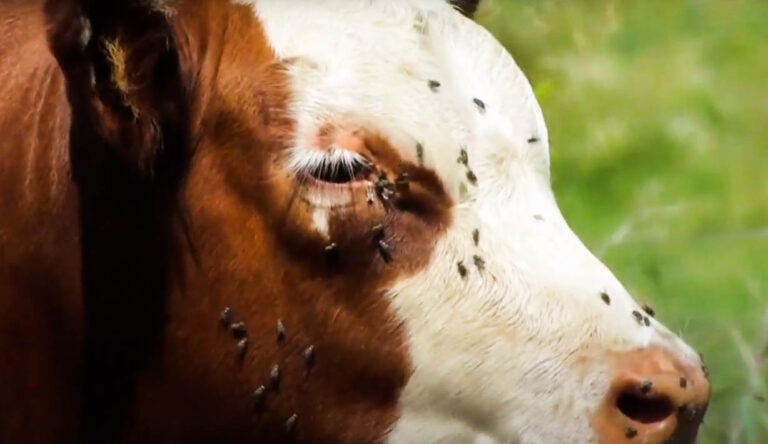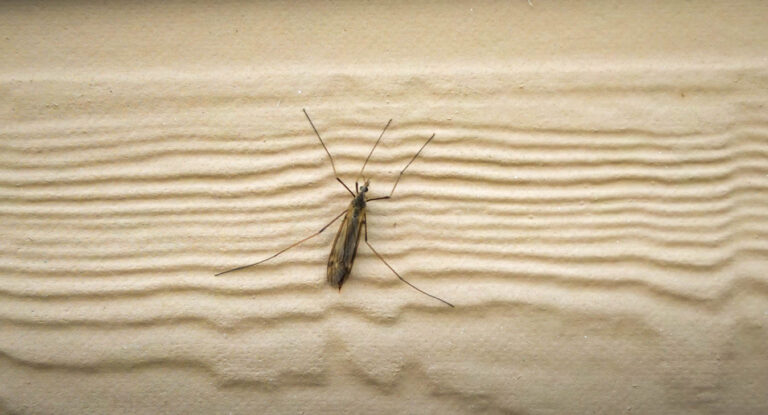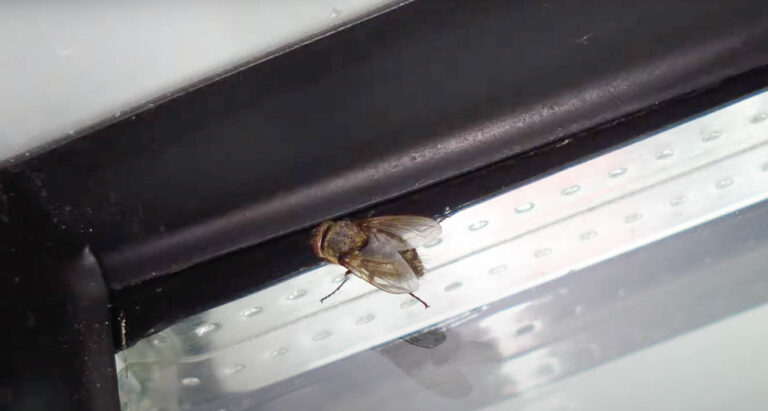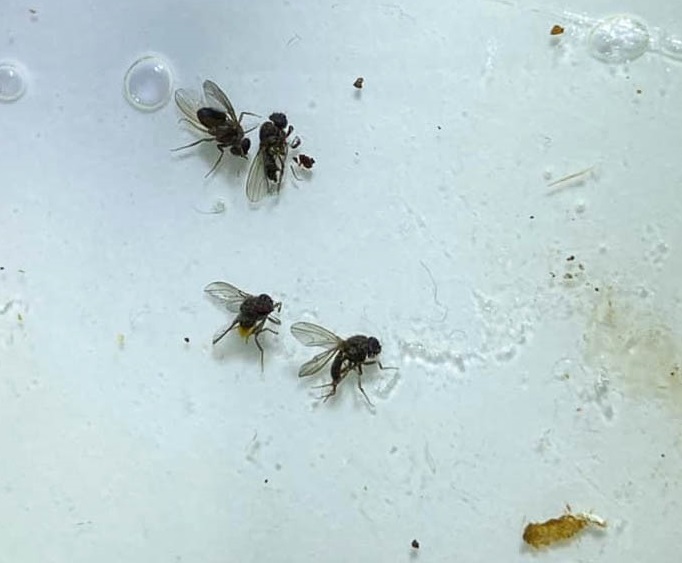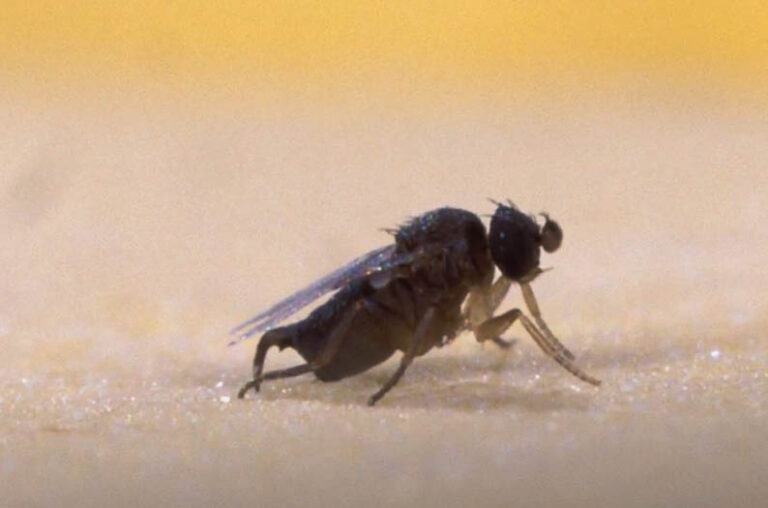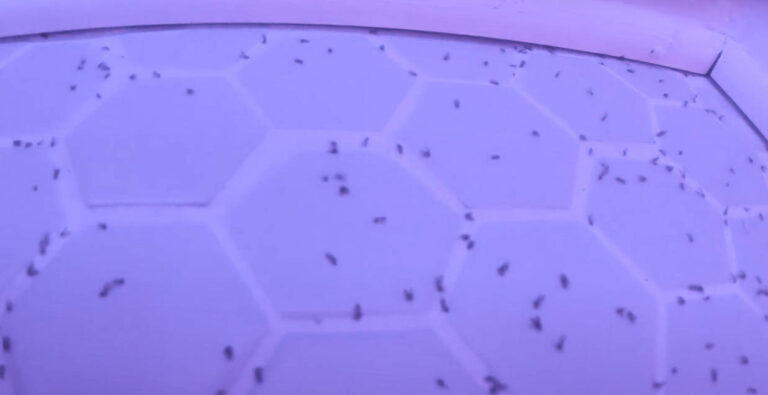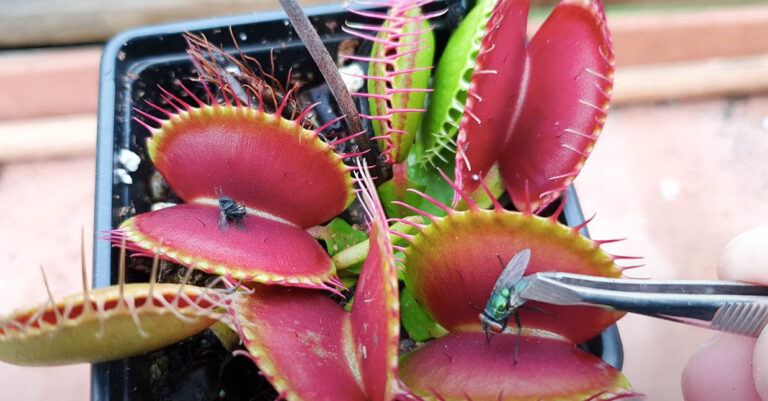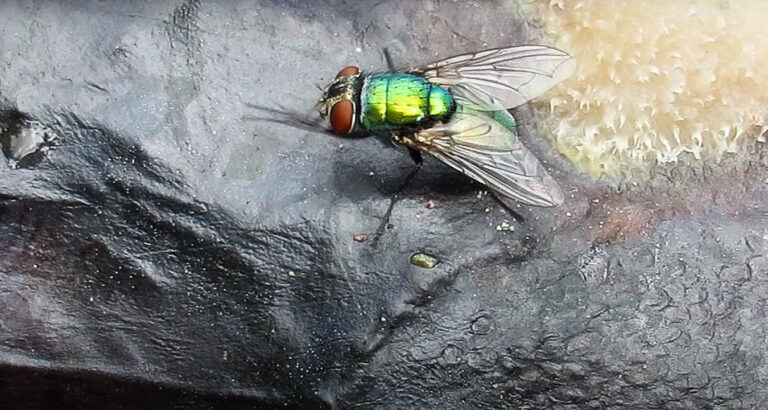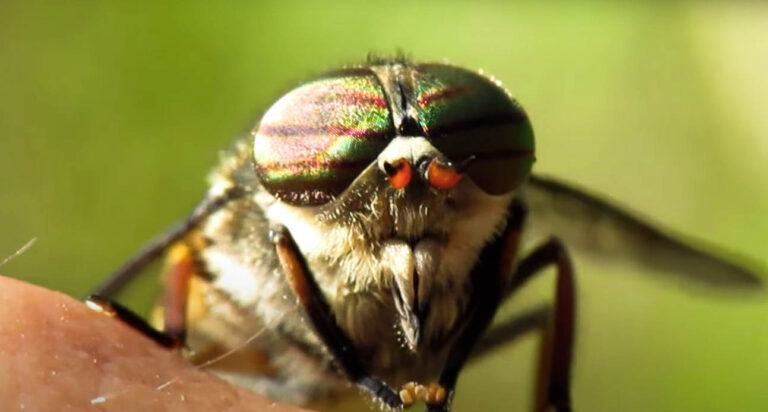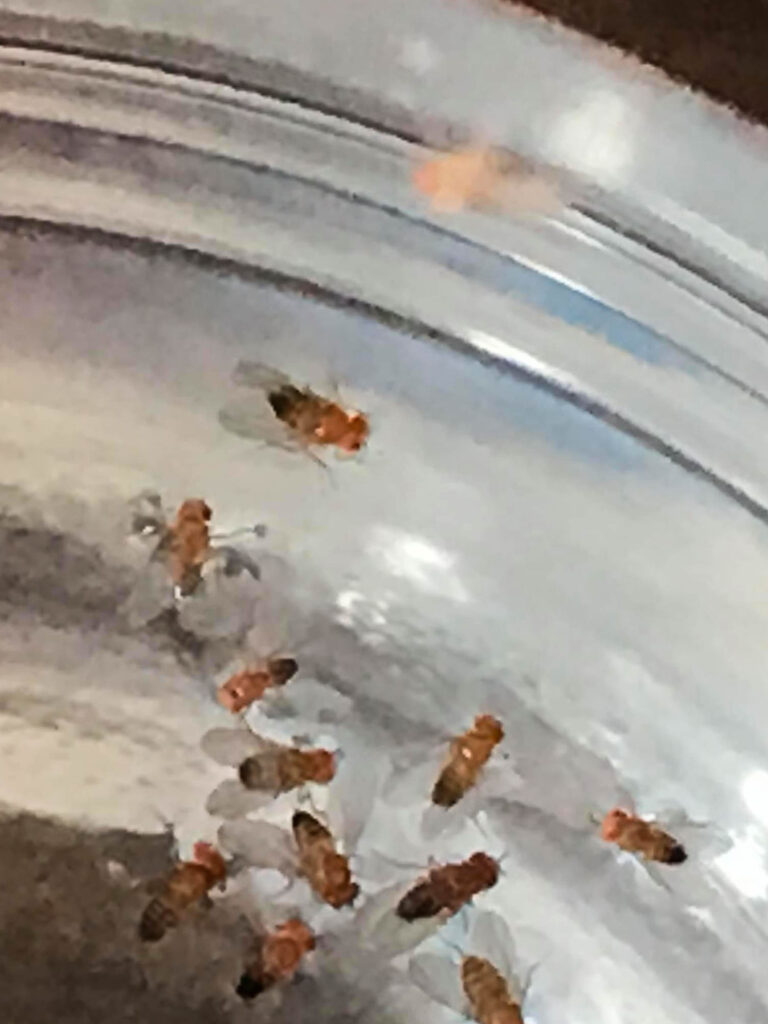About the Deer Fly
Flies are a fact of life. They’re numerous, annoying, and in some cases spread disease. Some flies are more annoying than others, however. One such fly is the deer fly, a bloodsucking little jerk that can prove annoyingly difficult to swat.
Appearance
Deer flies, a term which covers about 250 species of bloodsuckers, are larger than the common housefly but thankfully smaller than a horsefly at around a third to a fourth of an inch, which is still pretty big for a fly. They tend to have brown bodies, bright compound eyes, and hefty wings. Their larger size makes them rather durable, and it’s common to have to step on them after you swat them off you because a mere swat isn’t enough to kill them. It can be relatively easy to tell the difference between a deer fly, horsefly, and housefly. Deer flies are larger than house flies and tend to be brown instead of black. This also makes it easier to tell them apart from horse flies, which are usually black and larger than even deer flies.
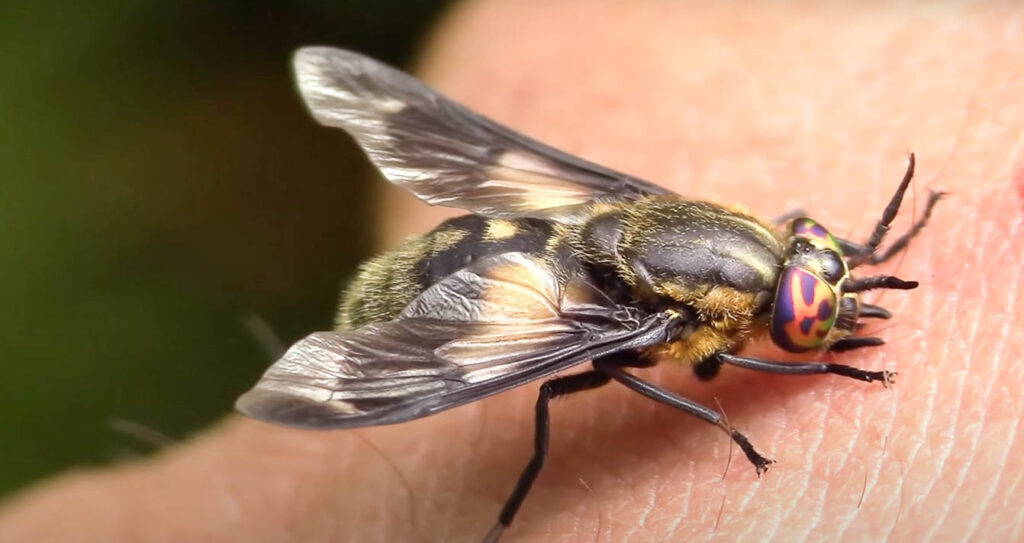
Behavior
Deer flies are predominately diurnal, which means they’re active during the day. Like mosquitoes, the bloodsucking is to gain nutrients for egg-laying, and deer flies can lay hundreds of eggs. They also consume nectar pollen when not needing to lay eggs. Since they suck blood, they tend to be more aggressive and assertive than other types of flies, who just buzz around searching for food. Their biting antics not only annoy people, but it can also wreak havoc with milk production. This is because a lot of the flies buzzing around cows tend to be biting flies like the deer fly, and the bloodsucking and general mayhem they cause hampers milk production by affecting the health of the cows.
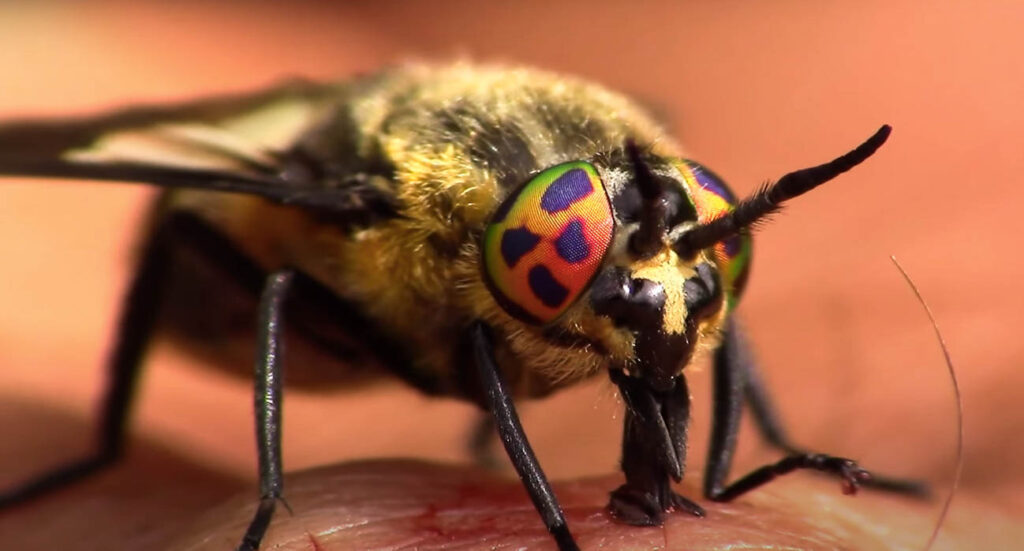
Also, as a bloodsucker, they can potentially spread disease, and they bite instead of suck like mosquitoes, so the bite wounds have the potential to get infected as well. Plus, their buzzing sound is really annoying. For whatever reason, deer flies prefer moving targets and will bite pretty much wherever they can. They hunt by seeking carbon dioxide and motion, similar to mosquitoes.
Life Cycle
Deer flies lay their eggs in muddy land around lakes and ponds. As mentioned previously, female deer flies can lay up to 800 eggs, or as few as 100. They place these eggs on leaves over the muddy water so the larva can drop down and live their little larva lives. It takes them a few weeks to grow into a bigger larva before pupating. To do that they crawl up a tree or other sturdy plant. As adults, deer flies tend to live for around a year, though some species have shorter lifecycles.
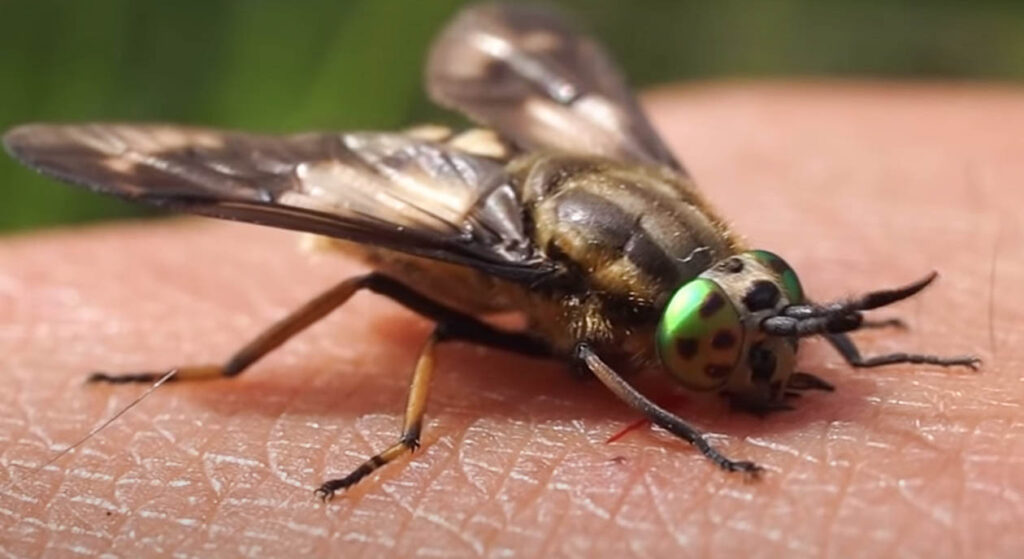
Habitat
Since deer flies lay their eggs in muddy water, they tend to be found in swampier land. Generally, they can be found wherever there’s a reliable water source that mixes well with the earth, so any temperate forest can have deer flies. Since deer are pretty common, it should give you an idea of how widespread deer flies are as well. Fortunately, deer flies prefer to stay outside in search of food and water sites for egg-laying, so it’s unlikely one will buzz into your home unless you have a nearby water source and it got lost. Deer flies can be a major pain while outside and are a constant pest for farmers and their livestock. Since they are predominantly an outdoor pest drawn to warm-blooded creatures and sources of water for breeding, there’s not much that can be done about them. Vigilance and consultation with exterminators are good steps to mitigating their presence for farmers. Those out camping can utilize more powerful insect repellent methods. As with mosquitoes, the success will be limited, but it’s better than nothing. Deer flies are persistent little biters, so be careful if you find yourself having to deal with them while outdoors.

